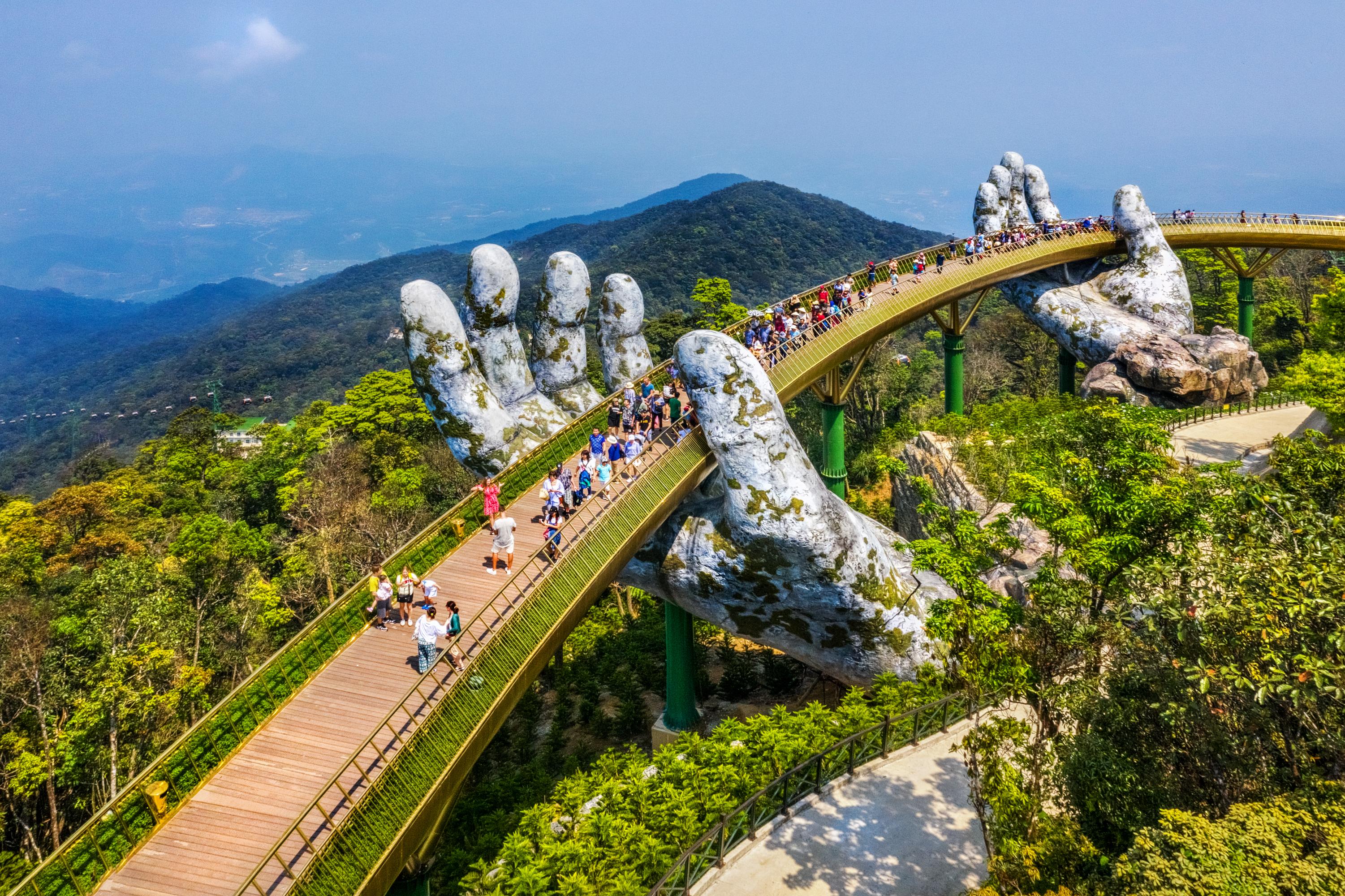What is a senior trip? It’s more than just a vacation; it’s a carefully planned adventure designed to cater to the specific needs and desires of older travelers. This often involves selecting destinations and activities that prioritize comfort, accessibility, and enriching experiences, differing significantly from the typical family vacation or school trip focused on younger demographics. Senior trips often prioritize relaxation, cultural immersion, or exploring specific interests at a more leisurely pace.
These trips are often meticulously planned, considering factors like accessibility, transportation, and budget constraints. Popular destinations range from relaxing cruises to culturally rich historical sites, reflecting the diverse interests of the senior traveler demographic. Careful consideration is given to ensuring a comfortable and safe experience, often involving pre-booked accommodations and comprehensive travel insurance.
Senior Trip Activities and Experiences
Planning a senior trip requires careful consideration of activities that cater to varying levels of physical ability and personal interests, ensuring a balance of engagement and relaxation. A well-structured itinerary can transform a simple vacation into a rejuvenating and memorable experience.
Investigate the pros of accepting aarp travel guide in your business strategies.
Activity Levels and Suitable Options
Choosing activities appropriate for the physical capabilities of the group is paramount. Failing to do so can lead to exhaustion and detract from the overall enjoyment. A diverse range of options ensures everyone can participate comfortably.
- Low-Impact Activities: These are ideal for those with limited mobility or preferring a gentler pace. Examples include scenic train journeys, leisurely boat cruises, visiting museums and art galleries, attending cultural performances (concerts, plays), or enjoying guided walking tours at a relaxed pace. Consider a visit to a botanical garden or a peaceful spa day for ultimate relaxation.
- Moderate-Impact Activities: These involve a moderate level of physical exertion. Options include guided nature walks on relatively flat terrain, gentle cycling tours on paved paths, visiting historical sites with manageable walking distances, or participating in low-impact water activities like kayaking in calm waters. These activities allow for exploration while remaining comfortable.
- High-Impact Activities (with caution): For the more physically active seniors, options like hiking (on easier trails), golfing, or even a gentle yoga session might be suitable. However, it is crucial to assess individual fitness levels and choose activities that avoid undue strain. Prior medical consultation is recommended for any high-impact activity.
Incorporating Relaxation and Rejuvenation
A successful senior trip balances exploration with ample opportunities for rest and relaxation. This is crucial for preventing exhaustion and ensuring everyone returns feeling refreshed.
- Scheduled Downtime: Incorporate periods of unstructured time into the itinerary. This allows seniors to relax at their own pace, read a book, nap, or simply enjoy the surroundings. Afternoon naps are highly recommended.
- Spa Treatments: Consider booking spa treatments like massages, facials, or aromatherapy sessions. These can help alleviate stress and promote relaxation.
- Mindfulness Activities: Incorporate activities that promote mindfulness, such as guided meditation sessions or yoga classes designed for seniors.
- Comfortable Accommodation: Choosing comfortable and accessible accommodations is crucial. Consider hotels with accessible rooms and amenities.
Catering to Specific Interests and Hobbies
Tailoring the trip to participants’ interests significantly enhances the experience, fostering engagement and creating lasting memories.
- History Buffs: A trip focusing on historical sites, museums, and historical reenactments would be ideal. This could involve visiting battlefields, exploring ancient ruins, or attending historical lectures.
- Nature Lovers: A trip centered around national parks, botanical gardens, or wildlife sanctuaries would be perfect. Activities could include bird watching, nature walks, or wildlife photography.
- Foodies: A culinary tour focusing on regional cuisine, cooking classes, and visits to local markets would be an exciting option. This could include wine tasting or brewery tours.
- Art Enthusiasts: A trip focusing on art museums, galleries, and artist studios would be ideal. This could include attending art workshops or meeting local artists.
Unique and Memorable Experiences
Beyond the standard tourist attractions, incorporating unique experiences can create lasting memories.
- Private Cooking Class: Learn to prepare regional specialties from a local chef.
- Hot Air Balloon Ride: Enjoy breathtaking panoramic views from above.
- Private Wine Tasting: Sample local wines in a relaxed setting.
- Visit a Local Farm: Experience rural life and sample fresh produce.
Health and Safety Considerations
Planning a senior trip requires careful consideration of health and safety. The excitement of travel should not overshadow the importance of proactive measures to ensure a smooth and enjoyable experience for all participants. Failing to prioritize these aspects can lead to unforeseen complications and diminish the overall trip enjoyment. This section Artikels essential precautions and strategies for a safe and healthy senior travel experience.
Travel Insurance for Senior Travelers
Travel insurance is paramount for senior travelers. Standard policies often exclude or limit coverage for pre-existing conditions, which are more prevalent among older adults. Comprehensive travel insurance should include medical evacuation coverage, which can be particularly crucial in remote locations or during emergencies. It should also cover trip cancellations or interruptions due to illness or injury, providing financial protection against unexpected costs.
For example, a sudden heart attack requiring emergency airlift could cost tens of thousands of dollars; travel insurance can mitigate this financial burden. Policies specifically designed for seniors often provide broader coverage for age-related health concerns.
Essential Health and Safety Precautions
Several key precautions are crucial for senior travelers. These include consulting a physician before departure to address any pre-existing conditions and obtain necessary vaccinations or medications. Packing a comprehensive first-aid kit with prescription medications and over-the-counter remedies is also essential. Staying hydrated, especially in hot climates, is vital for preventing dehydration and heatstroke. Familiarizing oneself with local emergency services and having readily available contact information for family and emergency contacts is also crucial.
Furthermore, seniors should inform their bank and mobile phone provider of their travel plans to avoid any disruptions to services.
Managing Potential Health Concerns During a Senior Trip
Managing potential health concerns involves proactive planning and preparedness. This includes carrying a detailed medical history, including a list of medications, allergies, and any relevant medical conditions. Senior travelers should inform their travel companions or tour guides of any specific health needs or concerns. Regular check-ins with family or friends back home can also provide an added layer of security.
In the event of a medical emergency, knowing the location of the nearest hospital or medical facility is critical. Pre-arranged transportation to medical facilities can also be beneficial. Finally, understanding local healthcare systems and insurance coverage can minimize complications during a medical emergency.
Senior Trip Packing List: Health and Safety Focus, What is a senior trip
A well-prepared packing list significantly contributes to health and safety during a senior trip. Essential items include comfortable, supportive footwear; appropriate clothing for various weather conditions; a well-stocked first-aid kit; a list of emergency contacts; copies of important documents (passport, insurance information, medical history); any necessary prescription medications in original containers with sufficient supply; sunscreen; a hat; sunglasses; insect repellent; and a reusable water bottle.
Consider including items that aid mobility, such as a walking stick or cane if needed, and any assistive devices required for managing pre-existing conditions. Furthermore, packing light is advisable to reduce physical strain during travel.
Accommodations for Senior Trips: What Is A Senior Trip

Choosing the right accommodations is crucial for a successful and enjoyable senior trip. The comfort and accessibility of lodging significantly impact the overall experience, ensuring seniors can fully participate and relax. Careful consideration of various factors is essential to guarantee a positive and memorable journey.
Types of Accommodations for Senior Travelers
Senior travelers have a variety of accommodation options to choose from, each with its own advantages and disadvantages. Hotels generally offer convenience and a wide range of amenities, but may lack the specialized services of resorts. Resorts often provide all-inclusive packages and cater to specific interests, such as golfing or spa treatments, but can be more expensive. Cruise ships offer a unique all-in-one experience, including transportation, meals, and entertainment, but may not be suitable for all seniors due to potential mobility challenges.
The best option depends on the group’s preferences, budget, and the specific needs of the senior travelers.
Features of a Senior-Friendly Hotel Room
A senior-friendly hotel room prioritizes accessibility and comfort. Essential features include a roll-in shower or a shower with a grab bar, a raised toilet seat, ample space for maneuvering a wheelchair or walker, and well-lit areas to minimize tripping hazards. Easy-to-reach light switches, clearly marked emergency exits, and furniture that is easy to navigate around are also crucial.
Many hotels offer rooms specifically designed with these features, ensuring seniors can move freely and safely within their accommodation. For example, a well-designed room might include a bedside table with ample surface area, allowing easy access to personal items without bending or reaching.
Finding and Booking Accessible Accommodations
Finding accessible accommodations requires proactive planning. When booking online, utilize the accessibility filter provided by most major travel websites. Contact the hotel or resort directly to confirm the availability of accessible rooms and inquire about specific features. Organizations such as the American Association of Retired Persons (AARP) and similar organizations in other countries often provide resources and recommendations for senior-friendly accommodations.
It’s important to carefully review the hotel’s accessibility information and to book well in advance, as accessible rooms are often limited. For example, clearly stating the need for a roll-in shower and a raised toilet seat ensures the hotel can provide an appropriately equipped room.
Tips for Ensuring Comfortable and Convenient Accommodations for Senior Travelers
Several strategies can enhance the comfort and convenience of senior travelers’ accommodations. Request rooms on lower floors to minimize stair climbing. Consider proximity to elevators and common areas. Ensure adequate lighting throughout the room. Pack essential medical supplies and medications readily accessible.
Choose accommodations with readily available assistance, such as staff available to help with luggage or other needs. Pre-arranging transportation to and from the airport or other destinations can also minimize stress and strain on senior travelers. For instance, a hotel offering complimentary shuttle service to nearby attractions can significantly improve convenience.
Planning the perfect senior trip involves careful consideration of various factors, from budget and accessibility to desired activities and destinations. Ultimately, the goal is to create an unforgettable and enriching experience tailored to the individual needs and preferences of the senior traveler, fostering lasting memories and a renewed sense of adventure. Whether it’s exploring historical landmarks, relaxing on a tropical beach, or embarking on a cultural immersion experience, the focus remains on creating a memorable and fulfilling journey.


